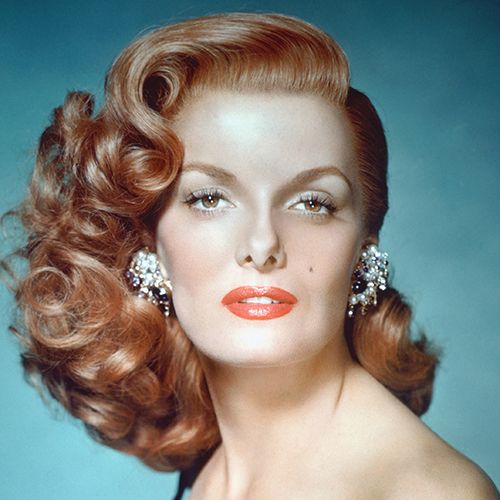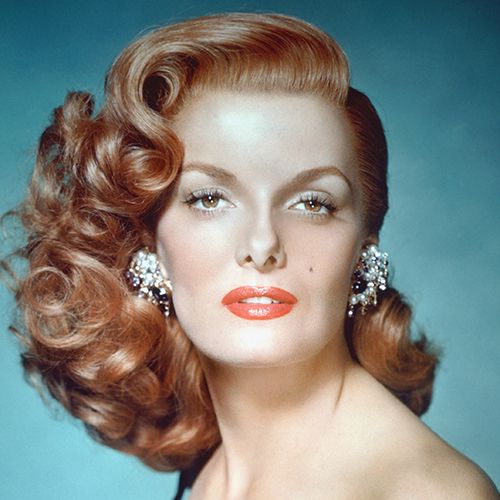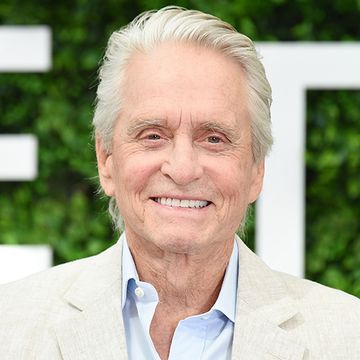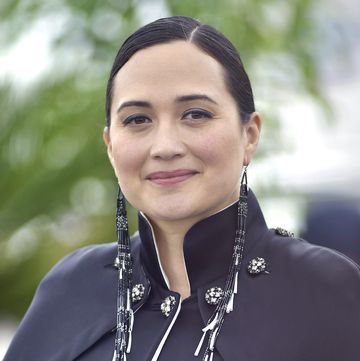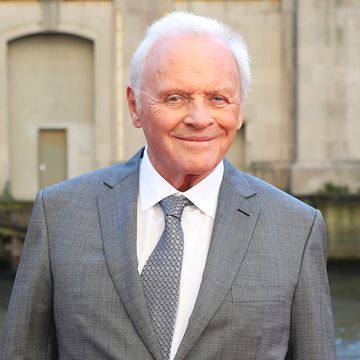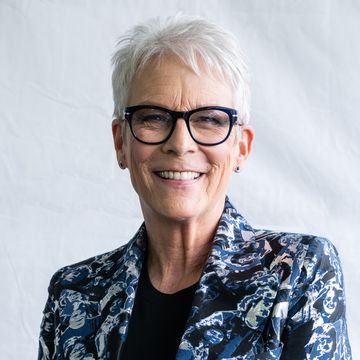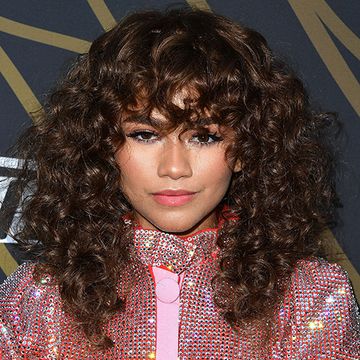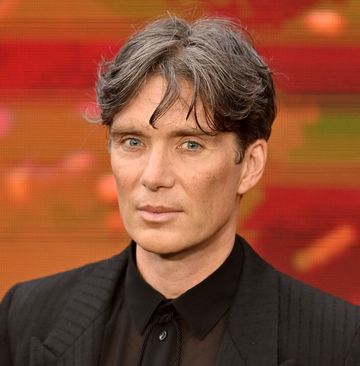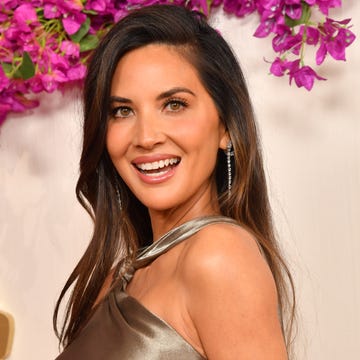(1921-2011)
Who Was Jane Russell?
Jane Russell (June 21, 1921 to February 28, 2011) got her first acting job when Howard Hughes cast the unknown in The Outlaw; even before the picture was released, publicity stills that highlighted her buxom attributes had made her a star. Many of Russell's movies were Westerns or musicals (or both), most notably Gentlemen Prefer Blondes, in which she shared the screen with Marilyn Monroe. When her film career, which had its fair share of unsuccessful and unimaginative vehicles, slowed down, Russell continued to perform onstage and in nightclubs; she also became a spokesperson for Playtex's 18-hour bra in the 1970s. She married three times and adopted three children.
Movies
Russell's film career started when she was cast by mogul Howard Hughes in The Outlaw at the age of 19.
'The Outlaw'
Russell was working as a receptionist in a chiropodist's office when Howard Hughes — who wanted to cast unknown stars for The Outlaw, a Western about Billy the Kid — decided she should play the Irish-Mexican Rio McDonald, the film's love interest. Russell had taken acting classes but it was reportedly her size 38D chest that drew Hughes’ attention. He soon stepped in as director, and also designed a special seamless bra for her to wear during filming (though Russell later said she had instead stuffed her old bra with Kleenex to give Hughes the look he desired).
The Motion Picture Production Code board, which at the time reviewed films before release, determined The Outlaw wasn't acceptable, singling out Russell's breasts for particular disapproval. Instead of changing the movie, Hughes used this condemnation to build public interest. He released the film himself, without code approval, at a San Francisco theater for a short time in 1943. The mercurial Hughes then withdrew the film and worked on reshoots and editing before releasing the movie — still without code approval — in 1946.
Even before most of the public could see the film, Russell had become popular, thanks in large part to publicity stills that highlighted her voluptuous curves. In a 1943 poll, the U.S. Navy selected her as "the girl we'd like to have waiting for us in every port."
'Gentlemen Prefer Blondes'
The 1953 release Gentlemen Prefer Blondes, directed by Howard Hawks, was a favorite of Russell’s, and is among her best films. She and co-star Marilyn Monroe played showgirls in search of love (and financial security), as explained in their duet "Two Little Girls From Little Rock." And though Monroe's take on "Diamonds Are a Girl's Best Friend" may be better known, Russell got to sing her own version of the song in the film.
Other Films
While waiting for The Outlaw to be widely released, Russell worked on Young Widow (1946). She later partnered with Bob Hope for the spoof Western The Paleface (1948), playing Calamity Jane, and returned for the sequel Son of Paleface (1952). In Montana Belle (1952), she was a singing dance hall girl.
Russell co-starred with Robert Mitchum in His Kind of Woman (1951) and Macao (1952). In Double Dynamite (1951), she shared the screen with Frank Sinatra and Groucho Marx (despite the combined star power, the film flopped).
For the 3D musical The French Line (1954), Russell danced in a revealing costume. She was in Gentlemen Marry Brunettes (1955), a quasi-sequel to Gentlemen Prefer Blondes, made sans Monroe. Underwater! (1955) was about treasure-hunting divers, and had its premiere in a specially built underwater theater. Russell also appeared in melodramas like Foxfire (1955) and Hot Blood (1956).
Songs from Movies
Among the songs Russell performed in films are "Ain't There Anyone Here for Love?," "Bye Bye Baby" and "When Love Goes Wrong (Nothing Goes Right)" from Gentlemen Prefer Blondes. For The Paleface she sang the Academy Award-winning tune "Buttons and Bows" with Hope; in the sequel, she reprised the song and sang "What a Night for a Wing Ding" and "Am I In Love?" And for Montana Belle, she sang "The Gilded Lily."
Production Company
With husband Bob Waterfield, Russell created Russ-Field, an independent production company that made films with and without Russell. She appeared in The Tall Men (1955), a Western starring Clark Gable, and The Revolt of Mamie Stover (1956). Those movies did well, but her turn in The Fuzzy Pink Nightgown (1957), about a kidnapped star who starts to sympathize with her captors, didn't succeed at the box office. Russ-Field closed a few years later.
End of Movie Career
After several unremarkable movies in the 1960s, Russell's final film was the thriller Darker Than Amber (1970). She had a simple explanation for what ended her movie career: "I was getting too old! You couldn’t go on acting in those years if you were an actress over 30."
Russell still had steady income even as her career was winding down. In 1954, she signed a $1 million contract with Hughes for six movies. The terms were for her to receive $1,000 per week over 20 years; she was paid even without making these films.
Jane Russell and Marilyn Monroe
More experienced when she was working with Monroe, Russell helped assuage the younger actress' nerves, and made sure she came to set. The two became friends, and Russell once brought Monroe to a Bible study group. Afterward, Monroe said, "Jane tried to convert me, and I tried to introduce her to Freud."
Children
Russell was unable to have biological children (something she attributed to a back alley abortion she'd had as an unmarried teen). With her first husband, Bob Waterfield, she adopted three children in the 1950s: first a daughter, Tracy Waterfield; then Thomas "Tommy" Waterfield; and lastly Robert "Buck" Waterfield.
Irish Adoption Controversy
Tracy and Buck were born in the United States, but Tommy was born to Irish parents who were eking out a living in London. In 1951, Russell was in London and publicly shared her desire to adopt a boy. Tommy's birth mother felt her son would have a better life with Russell, and took the 15-month-old to meet the Hollywood star; after this encounter, Russell decided to adopt him. The law then didn't permit non-British subjects to adopt British children — but Tommy had dual Irish citizenship and the Irish Embassy provided the boy with a passport, which made it possible for Russell to take him to America.
However, the adoption soon drew condemnation from both the public and Parliament. Tommy’s birth parents were accused of "unlawfully permitting the care and possession of the child to be transferred," though they were aided by a barrister hired by Russell and avoided jail time. The outcry was so negative that her husband and others in Hollywood wanted Russell to return the boy — something she refused to do.
When Was Jane Russell Born?
Jane Russell was born in Bemidji, Minnesota, on June 21, 1921. She was named Ernestine Jane Geraldine Russell.
Growing up, Russell was always called Jane; apparently her mother, a former actress, had dreams of stardom for her daughter and felt "Jane Russell" was better for a marquee.
When Did Jane Russell Die?
Jane Russell died on February 28, 2011, in Santa Maria, California. She was 89 years old.
What Was Jane Russell's Cause of Death?
Russell passed away due to a respiratory-related illness.
What Was Jane Russell's Height?
Russell was 5'7" tall.
Husbands
Russell married three times. In 1943, her first husband was Robert "Bob" Waterfield, her high school sweetheart who became a player and coach for the Los Angeles Rams. She and Waterfield divorced in 1968 (both were unfaithful during the marriage).
In 1968 Russell married Roger Barrett, an actor she'd met when they were in a stock company production together. He succumbed to a heart attack after only three months of marriage.
Russell wed third husband John Calvin Peoples, a real estate broker and retired Air Force officer, in 1974. The marriage lasted until his death in 1999.
Conservative Christian
Russell's mother was a lay preacher, and Russell a born-again Christian. She was open about turning to prayer for answers, and had experienced speaking in tongues. Becoming a sex symbol didn't diminish her faith; she told one interviewer, "Christians have bosoms, too, you know."
A staunch Republican, Russell supported causes like getting "the Bible back in schools." In 2003, she told the Daily Mail, "These days I’m a teetotal, mean-spirited, right-wing, narrow-minded, conservative Christian bigot, but not a racist."
Abortion Opponent
Russell, who believed her back alley abortion had rendered her infertile, became an outspoken opponent of abortion for any reason, including rape and incest.
Adoption Advocacy
In the 1950s, Russell founded World Adoption International Fund, an organization intended to facilitate international adoption for U.S. parents (aside from the controversy over her adoption of Tommy, Russell had run into other procedural difficulties when trying to adopt a child in Europe). The organization later focused on promoting the adoption of harder-to-place American orphans before closing in 1998.
Early Life
When Russell was an infant, her parents relocated to California's San Fernando Valley, which was then quite rural. Her family — which grew to include four younger brothers — ended up with a middle-class lifestyle on a ranch in Van Nuys, though things changed when her father passed away when Russell was 15.
Russell attended Van Nuys High School. She also modeled part-time and took acting classes, but tryouts at the movie studios Twentieth Century Fox and Paramount ended in rejection.
Singing and Stage Career
Russell sang with the Kay Kyser Orchestra in the 1940s. Around that time she also recorded an album, Let's Put Out the Lights. In 1954, she formed a female gospel group that recorded and toured; one of their songs, "Do Lord," became a hit. And Russell often performed onstage, beginning with a nightclub act at the Sands Hotel in Las Vegas in 1957.
As Russell left films behind, she continued to appear in stage productions and cabaret shows. In 1971, she made her Broadway debut and got to sing "The Ladies Who Lunch" when she replaced Elaine Stritch in Stephen Sondheim's Company. Russell also acted in touring productions of plays and musicals.
Later Career
Russell appeared in a few television productions, and in the 1970s and '80s was in commercials promoting Playtex bras to "full-figured gals" (which earned her a reported $100,000 per year). She also wrote a memoir, My Path and My Detours, which was published in 1985.
Drinking and Intervention
Russell admitted to having issues with alcohol for much of her life. In 1978, she was sentenced to four days in jail after an arrest for driving while drunk, and, after losing her third husband and her stepson in a short period of time, she turned to alcohol. She was 79 when her children staged an intervention and she went to rehab.
QUICK FACTS
- Birth Year: 1921
- Birth date: June 21, 1921
- Birth State: Minnesota
- Birth City: Bemidji
- Birth Country: United States
- Gender: Female
- Best Known For: Actress Jane Russell came to fame in the 1940s when a publicity campaign for her debut film 'The Outlaw' focused on her curvaceous figure. She also co-starred with Marilyn Monroe in 'Gentlemen Prefer Blondes.'
- Astrological Sign: Cancer
- Nacionalities
- American
- Death Year: 2011
- Death date: February 28, 2011
- Death State: California
- Death City: Santa Maria
- Death Country: United States
Fact Check
We strive for accuracy and fairness.If you see something that doesn't look right,contact us!
CITATION INFORMATION
- Article Title: Jane Russell Biography
- Author: Biography.com Editors
- Website Name: The Biography.com website
- Url: https://www.biography.com/actor/jane-russell
- Access Date:
- Publisher: A&E Television Networks
- Last Updated: August 27, 2019
- Original Published Date: May 3, 2018
